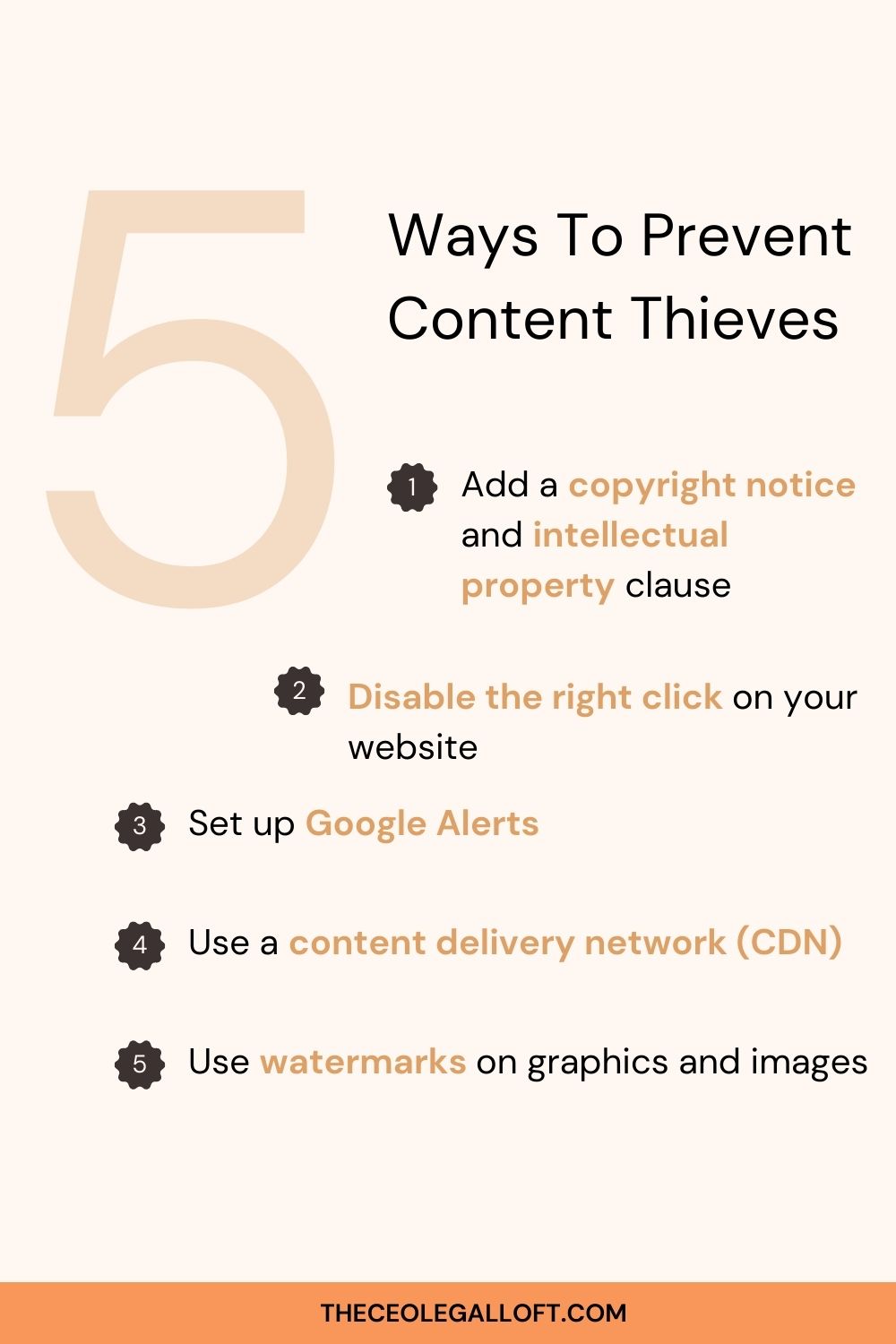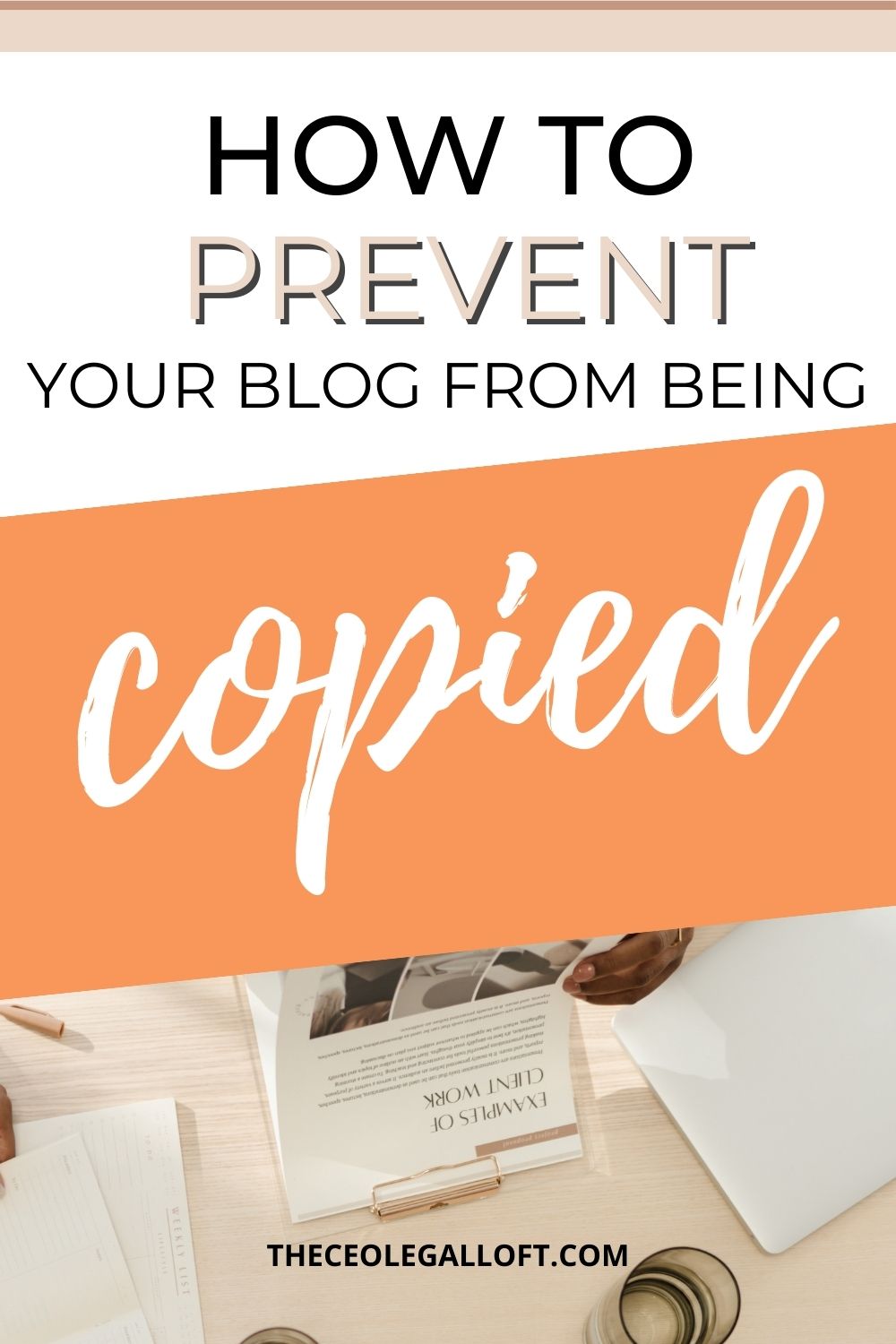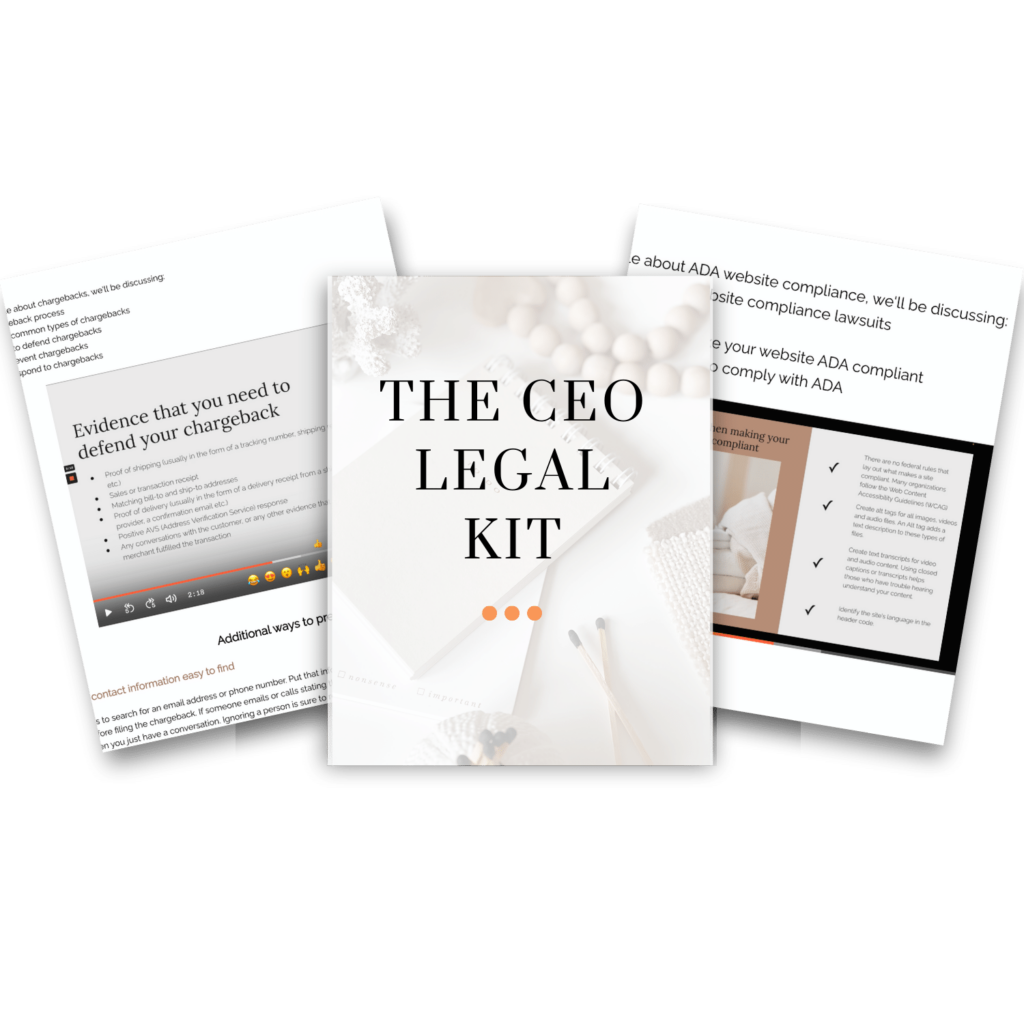As a blogger, you pour your heart and soul into creating unique and valuable content for your readers. But unfortunately, there are individuals out there who might try to steal your hard work and pass it off as their own. That’s why it’s essential to take the necessary steps to protect your content and prevent it from being copied.
In this blog, I will be sharing some of the most effective and practical ways to protect your website content from plagiarism. As an experienced content creator, I have seen my fair share of content theft, and I know how frustrating and disheartening it can be. That’s why I am passionate about helping fellow bloggers protect their intellectual property and maintain their hard-earned reputation.
So, whether you’re a new blogger just starting out or an experienced content creator looking to strengthen your content protection measures, you’ve come to the right place. Let’s dive in and learn ways to prevent your online content from being copied, once and for all!
Add a copyright notice and intellectual property clause
Adding a copyright notice and intellectual property clause to your work is important for protecting your ideas and creations.
A copyright notice lets the public know that the content is owned by you, the creator, and cannot be reused without your permission. It typically includes the copyright symbol (©), the year the content was created, and the name of the copyright owner (which is typically you or your company).
For example, a copyright notice could look like this:
© 2020-2023, Michelle W. Murphy LLC, All rights reserved.
Adding a copyright notice to the footer your website can act as a deterrent to anyone who might be thinking about copying your content without permission. It also makes it clear to your website visitors that your content is protected by copyright laws, which can help in the event of any legal disputes.
An intellectual property (IP) clause further defines how others may or may not use your work, such as for commercial purposes or for derivative works. It also outlines any exceptions that may exist, such as educational or research uses. It outlines the ownership and protection of your intellectual property rights on your website. It’s typically included in the terms and conditions agreement on your website, which is a legally binding agreement between you (the website owner) and your website visitors.
An IP clause might include the following:
- A statement that all content on the website is the property of the website owner.
- An explanation of the types of content that are protected by copyright, such as text, images, videos, and graphics.
- Information on how visitors can use the content, such as for personal, non-commercial use only.
- A statement that visitors cannot use the content for any other purpose without permission from the website owner.
- A description of how the website owner will enforce their intellectual property rights, such as sending DMCA takedown notices or pursuing legal action against infringers.
By including an IP clause in your terms and conditions agreement, you can help protect your intellectual property and make it clear to your website visitors what they can and cannot do with your content. It also helps to provide a legal basis for pursuing legal action if someone infringes on your rights.
A copyright notice and intellectual property clause can help protect your work from being used without permission and ensure that you get credit and compensation if it is used. Furthermore, they allow you to preserve the integrity of your work so that it remains true to its original purpose.

Disable Right Click
When you disable the right-click function on your blog, you prevent visitors from accessing the context menu that allows them to copy and paste your text or save images. This can be an effective way to deter casual copying, as most visitors will not know how to copy content without the right-click function.
Disabling the right-click function can be achieved using plugins or coding, depending on the platform you are using. For example, if you’re using WordPress, you can install a plugin such as “WP Content Copy Protection Plugin” or “NoRightClick Images Plugin”. These plugins will disable right-clicking on your blog and prevent visitors from being able to copy your content or save images.
If you’re comfortable with coding, you can also disable right-clicking using HTML or JavaScript. For example, you can add the following code to your website’s header to disable right-clicking:
<script> document.addEventListener(‘contextmenu’, event => event.preventDefault()); </script>
Disabling the right-click function won’t completely prevent content theft, and someone who really wants to steal from you will by using other methods. However, it can be an effective way to deter casual copying and make it more difficult for visitors to use your content without your consent.
Set up Google Alerts
Setting up Google Alerts is a useful way to monitor your original content and detect any instances of someone who steals content. Here’s how you can set up Google Alerts to prevent website content from being copied:
- Go to the Google Alerts website.
- Enter your search terms: In the search bar, enter the title or main keywords of your blog post. You can also use quotes to search for an exact phrase.
- Choose your options: Under “Show options,” you can customize your alerts by selecting the sources, frequency, language, region, and how many results you want to receive. You can also choose to receive alerts as they happen, once a day, or once a week.
- Set up your alerts: Once you’ve chosen your options, click “Create Alert” to set up your alert. You can set up multiple alerts for each of your blog posts or for different variations of your search terms.
- Monitor your alerts: You will receive email alerts whenever Google detects new content that matches your search terms. When you receive an alert, review the content and check for any instances of plagiarism or copying. If you find any, you can take the necessary steps to have the content removed or file a DMCA takedown notice.
Setting up Google Alerts is a straightforward and effective way to monitor your blog content and detect any instances of it being copied or plagiarized. By monitoring your content regularly, you can take proactive measures to prevent content from being stolen and maintain the integrity of your blog.

Use a content delivery network (CDN)
A CDN is a network of servers located in various geographic locations around the world. When you use a CDN, your blog content is cached (stored) on these servers. When a user requests your piece of content, the CDN will serve the content from the server that is closest to the user’s location, which can improve the loading speed and performance of your website.
In terms of content protection, using a CDN can make it more difficult for content thieves to steal your blog content. This is because your content is not stored on a single server, but on multiple servers distributed globally. If someone attempts to steal your content, they will need to access and copy it from multiple servers, which can be a time-consuming and difficult process.
Additionally, a CDN can also help protect your website from Distributed Denial of Service (DDoS) attacks, which can be used to overwhelm your website with traffic and bring it down. By distributing your website’s content across multiple servers, a CDN can help mitigate the effects of a DDoS attack and keep your website online.
To use a CDN, you can sign up for a service such as Cloudflare, Amazon CloudFront, or Akamai. These services offer various plans and pricing options, and can help improve the performance and security of your website.
There are hosts that also include this in their services. The host for my firm website, Siteground, has it as a service.
In summary, using a CDN can help prevent content theft by distributing it across multiple servers, making it more difficult for someone to steal. It can also improve the performance and security of your website, making it a valuable tool to protect website content for any blogger or website owner.

Use watermarking
Watermarking is a technique used to add a visible overlay to images and graphics to help deter copying and protect your intellectual property. Watermarks can include your logo, copyright symbol, or website URL, and are typically placed over the main content of the image or graphic.
Adding a watermark to your images and graphics can make it more difficult for others to steal your content, as the watermark will make it clear that the content is your intellectual property. Watermarks can also help with brand recognition, as your logo or website URL will be prominently displayed on the image.
There are many ways to add watermarks to your images and graphics. Here are some common methods:
- Manual: You can add a watermark manually to your images and graphics using an image editing tool such as Adobe Photoshop or Canva. This can be time-consuming, but allows for full customization of the watermark.
- Using a plugin or tool: Many blogging platforms and image hosting services offer watermarking tools or plugins that allow you to add a watermark to your images automatically. This is a quick and easy way to add a watermark, but may not allow for full customization.
- Using an online service: There are many online watermarking services that allow you to add a watermark to your images and graphics without the need for software. These services typically offer a range of customization options and are easy to use.
When adding a watermark to your images and graphics, it’s important to make sure that the mark is clearly visible and does not obscure the main content of the image. The mark should also be placed in a location that makes it difficult to crop or remove.
Conclusion: Protect your website content from copying
As a blogger, I know how much effort and passion goes into creating unique and valuable content for your readers. It can be incredibly disheartening to see your hard work being copied or stolen by others. That’s why I want to share some practical tips on how you can protect your blog content and maintain your intellectual property rights.
While these measures can help your website content from being copied, it’s important to remember that they are not guaranteed. However, by taking these proactive steps, you can help protect your hard work and maintain the integrity of your blog.
Ready to take your business to the next level? Protect your company with The CEO Legal Kit, the all-in-one legal lifejacket that will give you the peace of mind you need to grow with confidence. With the CEO Legal Kit, you’ll have all the legal resources and protection you need to navigate the world of business with ease. No more sleepless nights worrying about the legal security of your business. Get The CEO Legal Kit today and start scaling with confidence!


Wow! I’ve never even though about disabling right click. Just added the code to my site to this and it worked perfectly. Thanks!
Yay! I’m glad. 😀